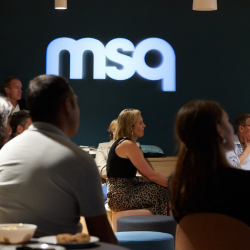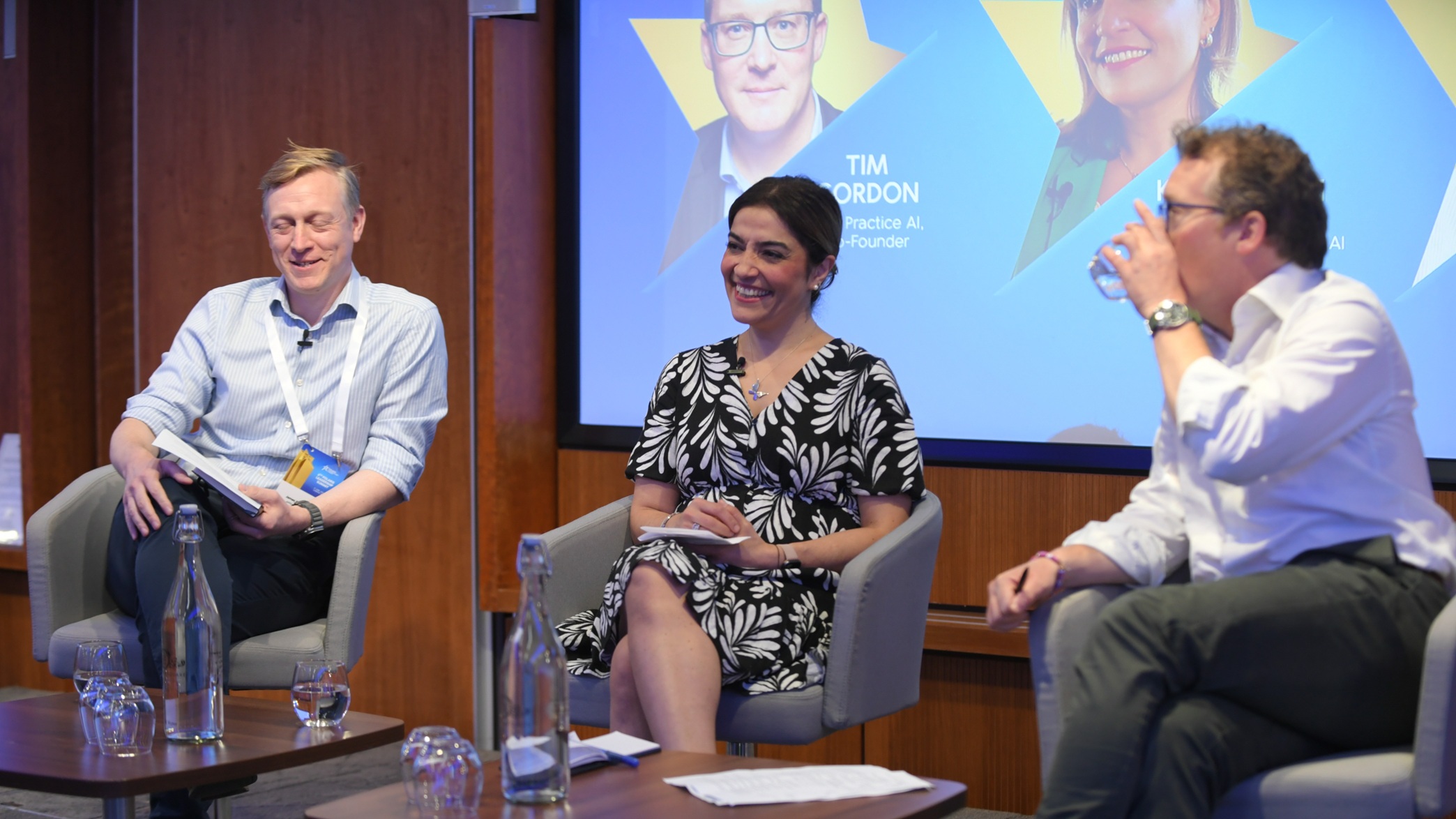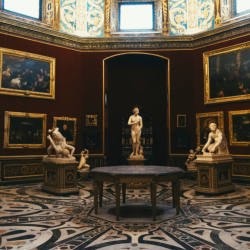At the time of writing, we’re still waiting on a consensus on which party’s mainstream political advertising campaigns have connected best with voters. Already, a significant part of 2024’s electioneering is playing out online — and the reception is more immediately apparent.
To launch the Conservatives’ social push, Rishi Sunak took to TikTok for the very first time, his initial post setting out his party’s plans to re-introduce conscription. It has received 3.5 million likes to date, but the Labour team has racked up nearly 10m likes, with a series of posts mocking the policy.
In the wake of what promises to be a fast-moving — and from the TV debates thus far — highly emotive campaign, what can brands do to keep their audiences on-side? How can they prevent contributing to the overwhelm felt by consumers in the lead-up to the snap election? Agencies have a role to play to ensure brands continue to contribute positively to the media environment and don’t get caught in any political crossfire.
Navigating the three Ds of distress
There are three political challenges already impacting consumers every time they go online — and the slew of 2024 elections around the globe has only reinforced and accelerated them. We see division as online discourse becomes increasingly polarised, something highlighted by Emmanuel Macron’s decision to call a snap election in France, in light of the divisive nature of the recent EU vote. The threat of disinformation has been thrust into the spotlight globally, and notably deepfakes are now lurking around every corner, from India’s elections to the Paris Olympics.
What these factors have in common is that they further erode trust in governments and NGOs, which was already under enormous pressure according to the latest Edelman Trust Barometer. With consumers reluctant to put their trust in public institutions, it becomes more likely they will look to brands instead. That puts additional pressure on marketers and agencies to show up responsibly in media — and create deeper, more valuable connections that develop a sense of belonging that will bring audiences and communities together.
A new government is unlikely to make the UK any less polarised though, especially in the face of personality politics. Brands will need to create welcoming spaces for people that extend beyond 4 July.
Amidst the noise of the General Election, brands can cut through with clarity of messaging — perhaps even employing the same type of excellent catchphrases and one-liners that have famously dominated election ad campaigns in years past. MoneySuperMarket was quick to ride the cultural wave with its ‘things can always get better’ call-back ad, immediately after the Prime Minister announced the election date in the pouring rain; making front page headlines the following morning: ‘Things can only get wetter.’
Most importantly, brands need to build trust. Especially in the face of the deepfakes, they must be transparent and accountable about how they have used generative AI in their content, their relationships with influencers and content creators, or their real-world sustainability credentials.
Trust is hard to earn and easy to lose, so this can only come from a place of transparency and responsibility. Just look at how Google and Meta are talking about digital watermarking as a way to show origination and manage very real public concerns about where content comes from.
Risk is a good thing
At the recent Media 360 event, several brands spoke about how they are approaching this lack of public trust and how they are also embracing risk in their approach to communications. To connect with the fast-changing cultural zeitgeist that accompanies a snap election requires a willingness to experiment and move quickly and reactively.
Many brands are becoming less fearful of addressing sensitive topics, or of leaning into negative experiences. After all, these are as much shared touchpoints as the positive ones, and marketers can use wit and humour to build rapport among communities facing the same challenges. Something they did so well, at the right times, during Covid-19.
By embracing (well prepared) risk, brands can help to build communities and a sense of membership among consumers — helping them get away from the noise of division and disinformation that is taking up so much of their social feeds. Again, MoneySuperMarket have created the ‘Super Save Club’ and another great example in financial services is Lloyds Bank ‘Club Lloyds’ members benefits, including Disney+ subscriptions, because a little fun and escapism is a truly motivating factor during these times.
Better together
If brands and agencies aren’t afraid to embrace risk and create a culture of experimentation, we can develop media campaigns that bring people together, which is in stark contrast to what’s happening on the political campaign trail.
The key is to ensure it is done responsibly, understanding the very real pressures consumers are already under (after all, the cost-of-living crisis still has yet to subside for the public in real terms!) and the increased concerns caused by a tsunami of divisive and potentially deep-faked electioneering.
It’s up to brands to make a positive difference when our public institutions (and bad actors) seem so intent on stirring up division. This barrage of negativity can be exhausting and will only erode trust further. Leaving a hole that needs to be filled when it comes to positive role models — and the opportunity for brands to fill that hole is very real.
Featured image: Mitul Grover / Unsplash





















